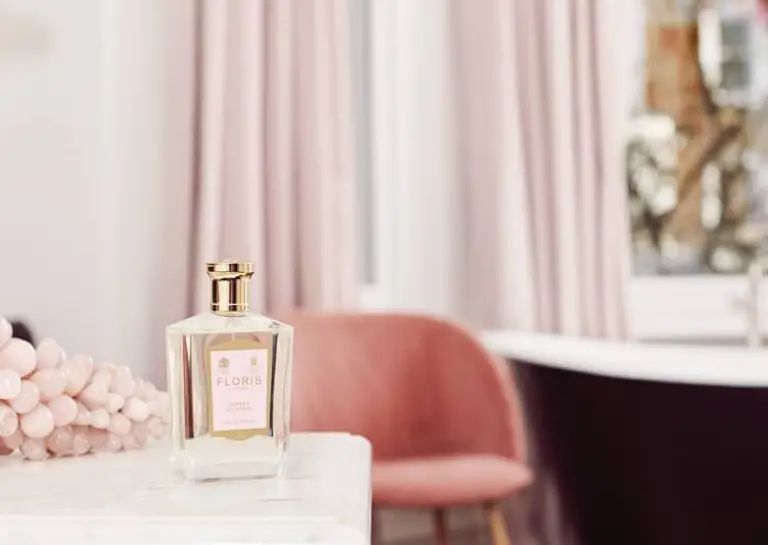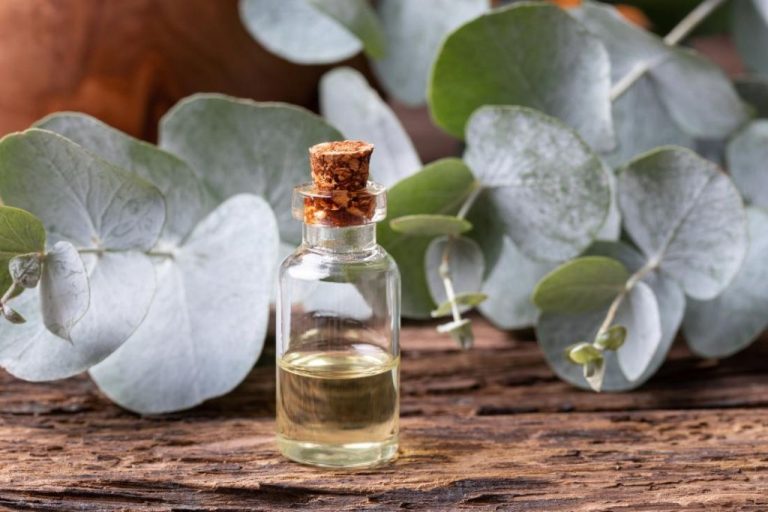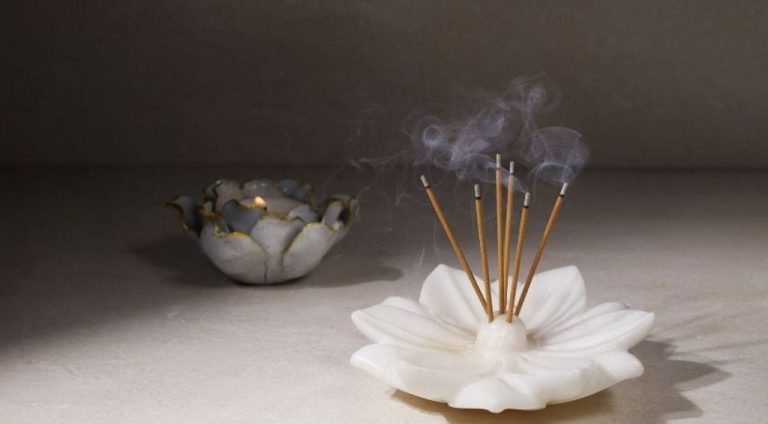What Smells Better Jasmine Or Gardenia?
Introduction
This article compares the scents of two popular fragrant flowers, jasmine and gardenia. Though they both emit sweet, floral aromas, they each have distinct scent profiles. We will cover the main aroma compounds, intensity and longevity, flowering seasons, emotional effects, usage in perfumes, and cultural symbolism of these two beloved blooms. By the end, you’ll have a better understanding of the nuanced differences between the natural fragrances of jasmine and gardenia.
Description of Jasmine Scent
Jasmine flowers emit a sweet, rich, and floral scent often described as sensual or romantic. The scent is warm, musky, and intense yet delicate at the same time. According to Phlur, jasmine sambac variety has a sweet, musky, and sultry scent profile while jasmine grandiflorum has a softer, fresher smell (Source 1).
The compounds that give jasmine its signature scent are benzyl acetate, linalool, benzyl alcohol, indole, cis-jasmone, and methyl anthranilate. These aromatic compounds provide jasmine with its sweet, floral, fruity, musky, and exotic aroma notes (Source 2). The rich, seductive scent of jasmine is often described as relaxing yet uplifting at the same time.
Description of Gardenia Scent
Gardenias have a very distinctive, sweet, floral scent that is often described as intoxicating. The gardenia flower contains aromatic compounds that give it a complex, multi-layered fragrance profile. When smelled up close, fresh gardenia blooms have top notes of green, grassy, and leafy accents along with a rich, heady sweetness. As the scent develops, middle notes of jasmine, tuberose, plumeria, and orange blossom emerge. The base notes are warmer and creamier – evoking scents like honey, vanilla, coconut, and almond. Overall, the gardenia radiates a lush, full-bodied, narcotic floral aroma that is difficult to fully capture in words. It envelops the senses and conjures up moonlit summer nights filled with these elegant white blossoms (Goats Milk Soap Gardenia).
Main Aroma Compounds
The key aroma compounds that give jasmine its distinct scent are benzyl acetate, linalool, benzyl alcohol, indole, cis-jasmone, and methyl anthranilate. Benzyl acetate provides a sweet, floral note, while linalool contributes a fresh, delicate aroma. Benzyl alcohol adds a pleasant floral tone as well. Indole supplies a musky, animalic undertone. Cis-jasmone lends a creamy, rich facet. And methyl anthranilate brings a grape-like, fruity nuance (www.fragrantica.com/perfume/My-Perfumes/Jasmine-Gardenia-87512.html).
For gardenia, some of the most important aroma compounds include linalool, methyl anthranilate, jasmine lactone, indole, and phenylacetaldehyde. As with jasmine, linalool supplies a light, sweet, floral aroma. Methyl anthranilate contributes a fruity grape note. Jasmine lactone offers a creamy, peach-like facet. Indole provides an animalic, narcotic undertone. And phenylacetaldehyde gives gardenia its distinctive honeyed, hyacinth nuance (Chemical constituents of Gardenia fragrance – Basenotes.net Community Forum).
Intensity and Longevity
When it comes to intensity and longevity, jasmine and gardenia offer different experiences. Jasmine is often considered the more intense and long-lasting scent. The rich, sweet floral notes of jasmine tend to be more concentrated and powerful compared to the lighter, delicate notes of gardenia.
Jasmine’s scent is known for its ability to fill a room and linger for hours. Even a small number of jasmine blossoms or drops of jasmine essential oil can provide an intense aroma. Meanwhile, gardenia’s softer, subtler scent tends to fade more quickly. While beautiful, gardenia’s delicacy means its fragrance is less tenacious than the heady jasmine.
So in terms of intensity and longevity, jasmine is the clear winner. Its rich, musky undertones give it a sensual, full-bodied scent that wafts powerfully and persists on fabrics or skin. Gardenia’s lighter, brighter notes have their own appeal, but do not have the same staying power or boldness as a good jasmine.
When the Scents Flower
Jasmine flowers primarily bloom in summer and early fall, with some varieties beginning to open their petals in late spring. The flowers produce their sweet, intense fragrance from summer to early autumn when days are long and warm. Gardenias bloom in late spring into summer in warmer climates, producing their heady, sweet scent through the summer months. In cooler areas, gardenias flower mostly in early to mid summer. Both plants need warm temperatures to coax their scented blossoms open. Jasmine will keep blooming sporadically as long as temperatures remain above freezing, while most gardenia varieties make their main floral display in spring and summer.
Emotions and Memories
Both jasmine and gardenia scents are known for evoking strong emotional responses and memories in people. According to https://preeminentbrands.net/fragrance-emotion/, jasmine is associated with feelings of romance, sensuality, and passion. The sweet, intoxicating scent of jasmine is thought to be an aphrodisiac and has long been used in wedding celebrations across cultures. Breathing in the rich floral notes often brings back memories of romantic encounters or stirs desires of love and attraction.
Gardenia elicits similar sensual feelings but in a slightly different way. As described by https://www.ambius.com/resources/blog/scenting/scents-that-elicit-emotion, gardenia awakens passions and sensuality with its sweet, heady aroma. The intoxicating scent is linked to memories of special occasions, from prom nights to weddings. Gardenia bouquets given as gifts remind people of loving relationships and tender moments spent with those they care about.
While eliciting romance and passion, both flowers also have a soothing, calming effect. Their floral scents are often used in aromatherapy for relaxation. The fragrances bring about feelings of joy and contentment, helping to relieve stress and anxiety. Breathing in these beautiful blooms may transport the mind to happy memories of time spent in a garden or receiving special floral gifts.

Uses in Perfumes
Both jasmine and gardenia are popular ingredients in perfumes, valued for their sweet, floral aromas. Jasmine is one of the most commonly used flowers in perfumes. The essential oil from jasmine flowers contains over 100 compounds, with esters like benzyl acetate contributing a sweet, fruity note. Some iconic perfumes featuring jasmine include:
- Chanel No. 5 – One of the world’s most famous perfumes, Chanel No. 5 highlights ylang-ylang, may rose, and jasmine.
- Gucci Bloom – A blend of tuberose and jasmine sambac, giving a rich white floral scent.
- Yves Saint Laurent Mon Paris – Features notes of pear, orange blossom, and jasmine grandiflorum for a sparkling floral.
Gardenia is also prized in perfumes but is used less frequently than jasmine. The waxy white flowers have a narcotic, intoxicating scent. Some classic gardenia perfumes are:
- Estée Lauder Youth Dew – A warm oriental blend with notes of gardenia, spices, and resins.
- Chanel Gardenia – A soliflore featuring the buttery, creamy aroma of the flower.
- Marc Jacobs Decadence – Pairs gardenia with plum and amber for a lush gourmand fragrance.
Both florals create an aura of elegance and femininity in fragrances. Perfumers often blend them with fruits, woods, and musks to craft unique signature scents.
Cultural and Religious Symbolism
Both jasmine and gardenia flowers have significant cultural and religious symbolism in many parts of the world. In Hinduism, jasmine represents purity, innocence, and divine hope (Spiritual Meaning and Symbolism of the Jasmine Flower). The scent of jasmine is believed to uplift the soul and inspire divine thoughts. Jasmine garlands are used to adorn deities in temples and during rituals. In Chinese culture, jasmine symbolizes beauty, sensuality, and love. The scent is associated with feminine energy and is seen as alluring. Gardenias are linked with purity and grace, especially in Christian symbolism where the white flowers represent the Virgin Mary. The gardenia is known as the “Mary’s Flower” in some Catholic and Orthodox Christian traditions (Gardenia jasminoides). Both scents frequently feature in religious ceremonies, weddings, and cultural celebrations across Asia and the Pacific.
Conclusion
Jasmine and gardenia have distinct and lovely floral scents, but preference between the two is highly subjective. Jasmine is known for its rich, heady aroma and faint sweetness, while gardenia is prized for its creamy, honey-like scent. Though fairly different, both flowers contain aromatic compounds like benzyl acetate, linalool, and methyl anthranilate that give them their signature fragrances.
In terms of intensity, jasmine tends to be slightly more pungent and long-lasting, while gardenia’s scent is subtler and fades a bit faster. Gardenias bloom in mid to late spring and summer, while jasmines flower in warmer seasons year-round in tropical climates. Emotionally, jasmine is uplifting and sensual, evoking feelings of passion and confidence. Gardenia elicits a soothing, gentle effect that reminds us of beauty and purity.
Ultimately, there’s no definitive “better” scent between these two floral powerhouses. Both jasmine and gardenia oils are prized in perfumery for the complexity and uniqueness of their fragrances. It comes down to individual preference based on the characteristics that matter most to you in a flower’s aroma. Whether you’re looking for romanticism in jasmine or tranquility in gardenia, these blooms deliver an unmistakable and heavenly scent.




